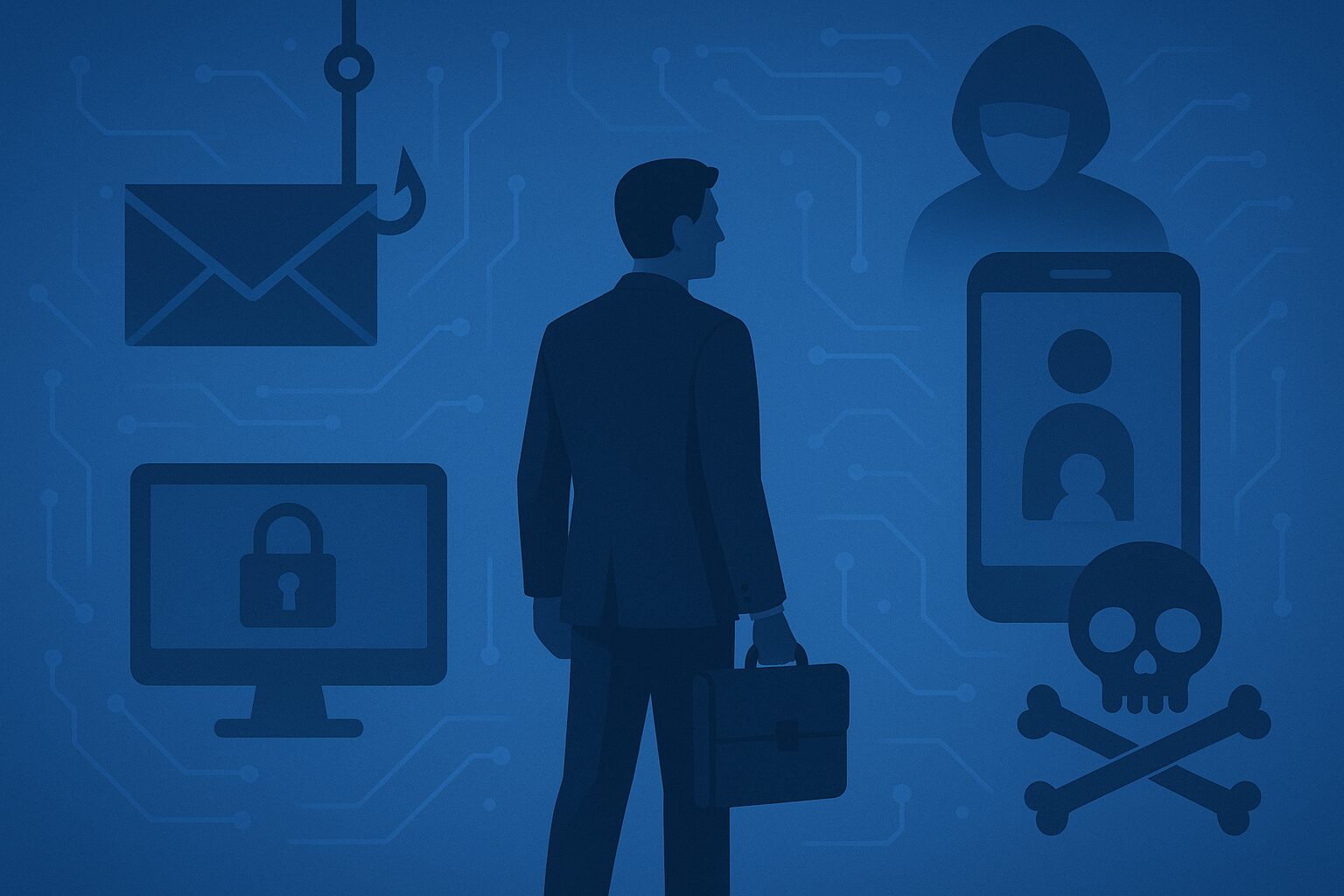In today’s enterprise environment, cybersecurity spending is at an all-time high. Firewalls, endpoint detection, identity access management, SIEM platforms—you name it, it’s been funded. Yet phishing, social engineering, and credential theft continue to dominate breach reports. The problem? Most companies are still treating human risk as a secondary concern, or worse, a compliance checkbox.
A False Sense of Security
Leadership teams often believe their tech stack is enough. They’ve invested millions in next-gen platforms and proudly report “zero incidents.” But attackers don’t need to hack your systems if they can manipulate your people. And they’re getting better at it—leveraging AI to craft convincing deepfakes, spoofing internal communications, or bypassing MFA through clever pretexting.
Meanwhile, internal metrics like “training completion rates” or “phishing click rates” are misused as proxies for risk reduction. These vanity metrics can lull boards and CISOs into thinking they’re covered—until they’re not.
Why Human Risk Gets Ignored
There are structural reasons for this complacency:
- It’s harder to quantify. Unlike technical controls, human behavior is messy and non-linear.
- It lacks ownership. Is it IT? HR? Compliance? Often, no one owns the full picture.
- It feels like soft stuff. Boards prefer dashboards and KPIs over psychological triggers and habit loops.
But the reality is simple: until behavior changes, risk remains.
Attackers Are Playing a Different Game
Modern attackers don’t need to breach firewalls; they breach minds. They:
- Exploit urgency and trust. An email from “the CEO” at 6:47 PM on a Friday can override judgment.
- Use reconnaissance. Public LinkedIn profiles fuel personalized lures.
- Test and adapt. Campaigns evolve weekly based on what works—and who’s vulnerable.
Meanwhile, most companies still run the same outdated awareness module from three years ago.
From Awareness to Behavior Change
So what can leadership actually do?
- Treat human risk as strategic risk. Include it in board-level discussions, not just annual compliance reports.
- Invest in behavior-driven programs. Go beyond “one-size-fits-all” training to simulate real threats tailored to different roles and risk profiles.
- Track meaningful signals. Monitor behavioral trends over time: response rates to real-time phishing simulations, time-to-report, and recovery actions—not just click/no-click metrics.
- Lead by example. When senior leadership skips training or uses weak passwords, it sets the tone for everyone else.
- Measure cultural maturity. Cybersecurity isn’t just a tech problem; it’s a cultural one.
The Bottom Line
Ignoring human risk is no longer a blind spot—it’s negligence. As threats evolve and regulatory pressure mounts, leadership teams must expand their definition of cybersecurity to include people. Not just as users, but as active components of defense.
Security isn’t about checking a box. It’s about changing behavior. And that starts at the top.

